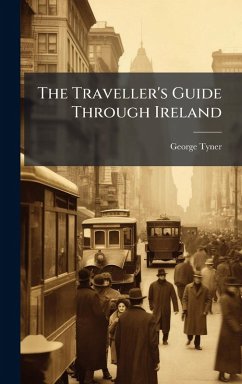The Traveller's Guide Through Ireland, originally published in 1794, offers a fascinating glimpse into the world of eighteenth-century travel. Intended as a companion to Captain Alexander Taylor's map of Ireland, this guide provides detailed information about routes, distances, and notable residences. This meticulously compiled guide details the great roads from Dublin to towns throughout the kingdom, along with cross-roads and descriptions of gentlemen's seats. It serves not only as a practical resource for travelers of the time but also as a valuable historical document, reflecting the social and geographical landscape of Ireland in the late 1700s. Whether you are a historian, a genealogy researcher, or simply fascinated by the past, this guide offers a unique perspective on Ireland's rich heritage. This work has been selected by scholars as being culturally important, and is part of the knowledge base of civilization as we know it. This work was reproduced from the original artifact, and remains as true to the original work as possible. Therefore, you will see the original copyright references, library stamps (as most of these works have been housed in our most important libraries around the world), and other notations in the work. This work is in the public domain in the United States of America, and possibly other nations. Within the United States, you may freely copy and distribute this work, as no entity (individual or corporate) has a copyright on the body of the work. As a reproduction of a historical artifact, this work may contain missing or blurred pages, poor pictures, errant marks, etc. Scholars believe, and we concur, that this work is important enough to be preserved, reproduced, and made generally available to the public. We appreciate your support of the preservation process, and thank you for being an important part of keeping this knowledge alive and relevant.
Bitte wählen Sie Ihr Anliegen aus.
Rechnungen
Retourenschein anfordern
Bestellstatus
Storno

